Identifying and overcoming the biggest automate RFP response challenges
Businesses sink countless hours every year into responding to requests for proposals (RFPs). And it makes sense: proposals are a critically important part of the sales process and can be the difference between winning or losing deals.
RFP response software can cut a huge amount of time from the process—freeing teams to focus their energy on crafting standout proposals instead of checking boxes. Automating away repetitive, time-consuming tasks gives teams more time to personalize responses and make a persuasive case for choosing their company’s products or services over the competition.
But even with automation software, it’s essential to approach the automate RFP response process with an understanding of the most common challenges. With this mindset, you can plan ahead, instead of being caught off guard, and increase your win rates.
Identifying key automate RFP response challenges
Qvidian took a deep dive into our customers’ challenges by surveying nearly 200 sales and proposal professionals from mid-size to large companies involved in the automate RFP response and proposal creation process. The survey results revealed notable challenges in communication, collaboration, and updating content within the automate RFP response process. These challenges were even more prominent when collaborators worked virtually with colleagues in different countries and team members who speak different languages.
Keeping a central content library up-to-date
Organizations often update and personalize content for every RFP and proposal but frequently forget to add this updated content back to their library for future use. According to our survey, 41% of respondents reported updating their company’s RFP and proposal content libraries only semi-annually, while 24% reported updating their libraries quarterly. This means that teams often submit RFP responses and proposals without including current products and services information. In fact, 55% of survey respondents reported that their company’s content is only somewhat in sync with their business offerings (e.g., product changes, compliance and regulation changes, new service offerings, etc.).
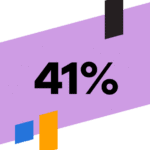
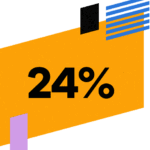
Lost in translation no more
When companies collaborate on RFPs across various geographies with SMEs speaking different languages, translation introduces another tricky, inefficient step to the process. More than half of survey respondents who collaborate with SMEs in countries other than the U.S. or who speak different languages find collaborating at least moderately challenging, with nearly 20% of respondents rating collaboration extremely challenging. With so many businesses “going global” today, it’s essential for companies to bake extra time into project schedules for translation or to use software that automates the process.
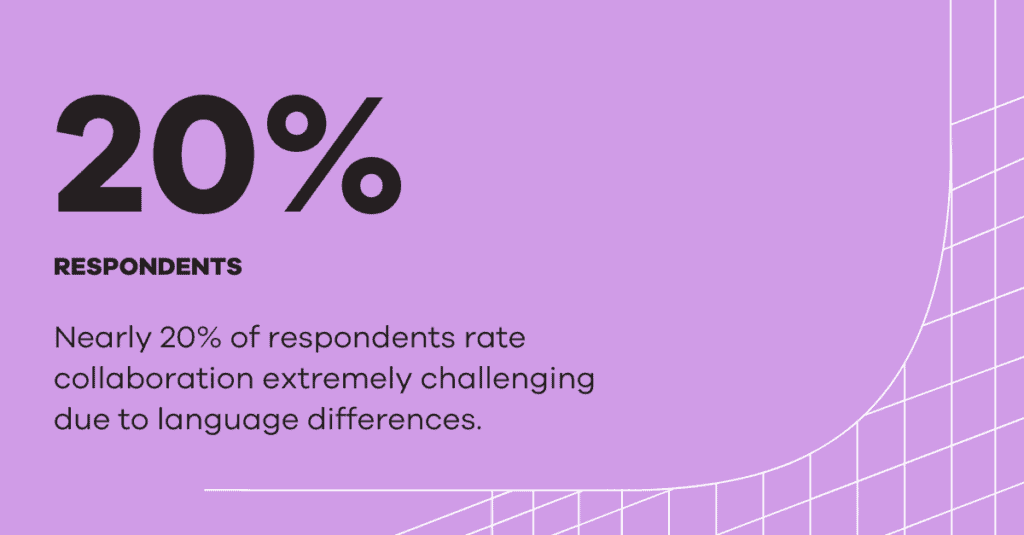
Keeping up with deadlines
Unsurprisingly, when asked about team collaboration on proposals and RFPs, almost half (45%) reported not receiving content on time as their biggest pain point. The turnaround time for RFPs continues to shrink, increasing the time crunch for both the Sales team to submit RFPs and proposal writers to complete them. To make matters more complicated, completing an RFP most often requires input from several SMEs across different departments and offices, increasing the chances that someone will miss a deadline and hold up the document’s completion date.
Almost half (52%) of respondents collaborate with anywhere from six to 100 colleagues on a single proposal, spread across several departments, like sales, engineering, product management, legal, marketing, operations, and finance. It’s no wonder why collaboration continues to be a pain point, and automate RFP response and proposal software is your team’s biggest ally.
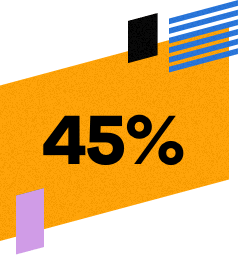
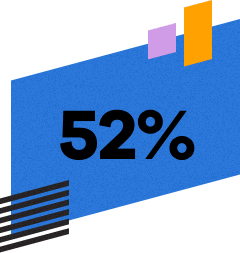
What does it all mean, and what should you do?
While software drives the automate RFP response and proposal process transformation, many organizations still need to acknowledge these pain points and seek strategies to ease them. Otherwise, their competitors will first and deliver higher-quality documents faster.
Leveraging technology and seeking to centralize RFP and content management while automating the overall process will streamline the workflow and communication among proposal teams and SMEs—all contributing to a polished finished product. This, in the end, is what helps close more deals.
RFP automation software helps decrease response time
RFP Automation software helps RFP teams maximize their resources and save time, so they can focus on their other tasks—or respond to more RFPs. Often, an organization’s most valuable employees are involved in automate RFP responses. If the organization gets a large chunk of its revenue from RFPs, this cumulative effort can really add up.
Creating a go-to, trusted content library
One of the most time-consuming parts of responding to an RFP is getting the right answers. Searching for information takes time and energy. And it all too often includes the waiting game of tracking down SMEs and waiting for their responses.
Automate RFP response software gives teams a single library of approved content, repeatable workflows, and reusable formatting templates, so they no longer have to reinvent the wheel with every RFP. This saves time and effort and keeps teams collaborating at their best.
This library acts as a single source of truth and needs to be reviewed and approved regularly. Removing irrelevant or outdated content makes RFP responses stronger and more impactful. Deleting content that hasn’t worked in the past, replacing it with something better ensures the library is the best it can be with highly searchable, up-to-date, and approved content.
RFP automation software can find and insert the best-fitting answers to blocks of RFP questions in bulk, automatically and without depending on SMEs coming back with their answers. Instead, the content library already has the best answers to common RFP questions. Products like Qvidian even learn which information is the most effective over time, so they can suggest increasingly helpful answers and help automate RFPs, proposals, DDQs, questionnaires, and sales content to create accurate and complete responses that win more.
Repeatable, streamlined workflows that work
When there are no established processes in place, it’s easy for RFPs to get tied up in version control issues, endless emails back and forth, and other bottlenecks. The key to increased productivity is creating and maintaining reusable formatting templates. With a template library, it is fast and easy to ensure materials are consistent and reflect the brand. That way, even if a small army of people has collaborated to create a proposal, it will still feel coherent and easy to digest.
Automated RFP response software helps teams create repeatable workflows and track their progress, so they can rest assured that every step has been executed before they hit send. Clearly defined roles ensure everyone knows their part. And streamlined processes, including multi-step review and approval workflows, help guarantee that nothing gets lost in the shuffle.
Avoiding those small dangerous mistakes
Much of RFP planning involves menial tasks like checking for spelling and grammar mistakes. The thing is, you can automate these tedious proposal tasks without losing any quality. In fact, creating RFPs from scratch over and over again is actually more prone to human error, which could jeopardize approvals.
The best RFP automation software optimizes efficiencies and customization without compromising approval rates and allows you to format documents just the way you like. Think of an RFP automation tool like an extra pair of hands in your organization—with the focus and attention of a robot!
Compliance and security baked in from the start
Teams need repeatable processes to build compliance and audit trails and send RFP responses confidently, knowing they are always audit-ready.
Qvidian has won the trust of more than 1,000 companies worldwide by taking their security and compliance seriously as they work on winning new business. The enterprise-grade application was designed to meet highly regulated industries’ compliance requirements, including leading finance and investment firms.
Qvidian stays ahead of the threats as the security landscape continues to evolve. With an internal Security and Compliance team on hand 24x7x365 continuously monitoring and reporting, it ensures that everything is operating as intended.
RFPs are one of the most lucrative ways to generate revenue, secure sales, and grow your business. But the RFP process is a long and laborious one. Investing in the right RFP automation platform like Qvidian makes your proposal teams more efficient.
